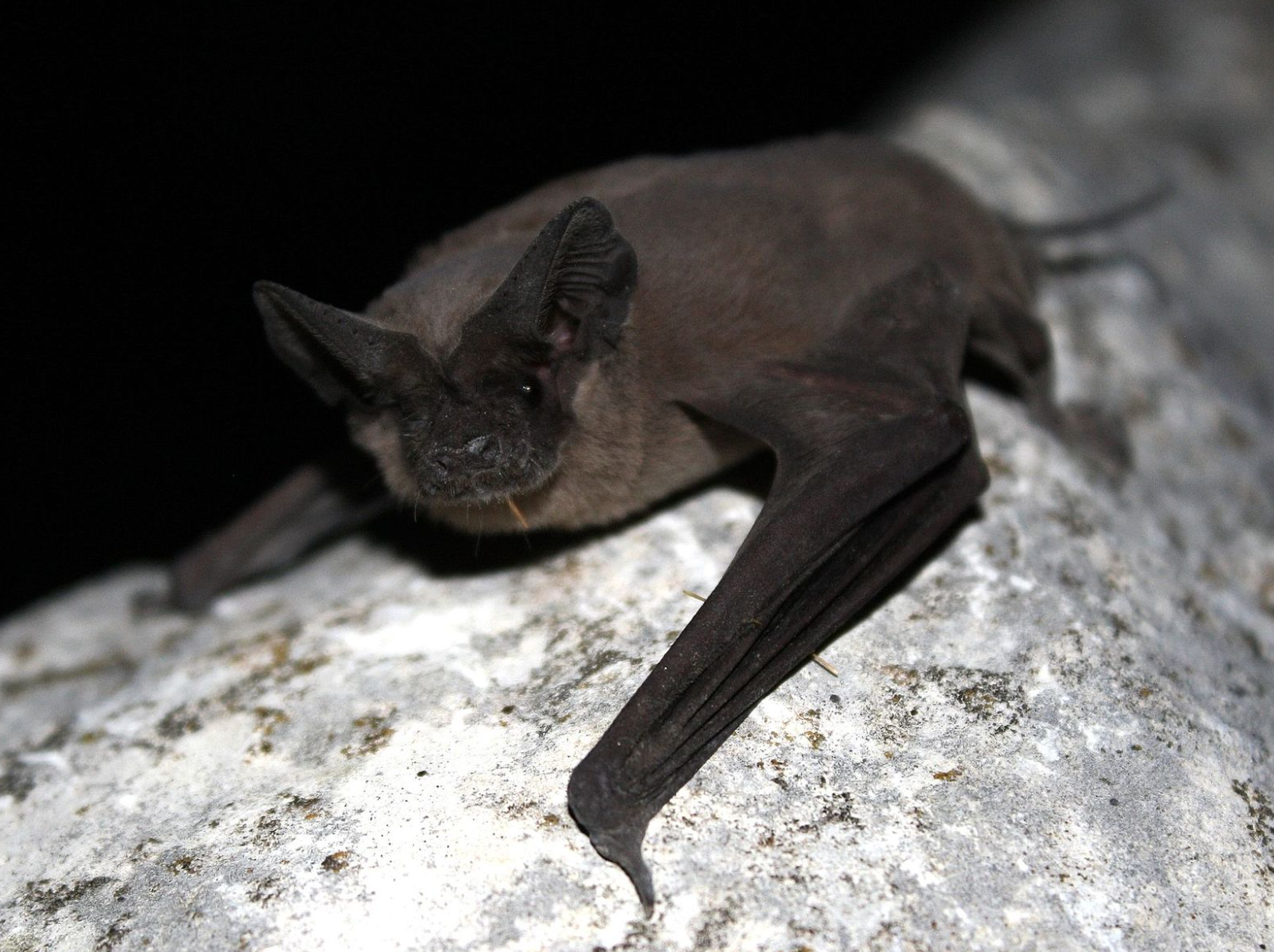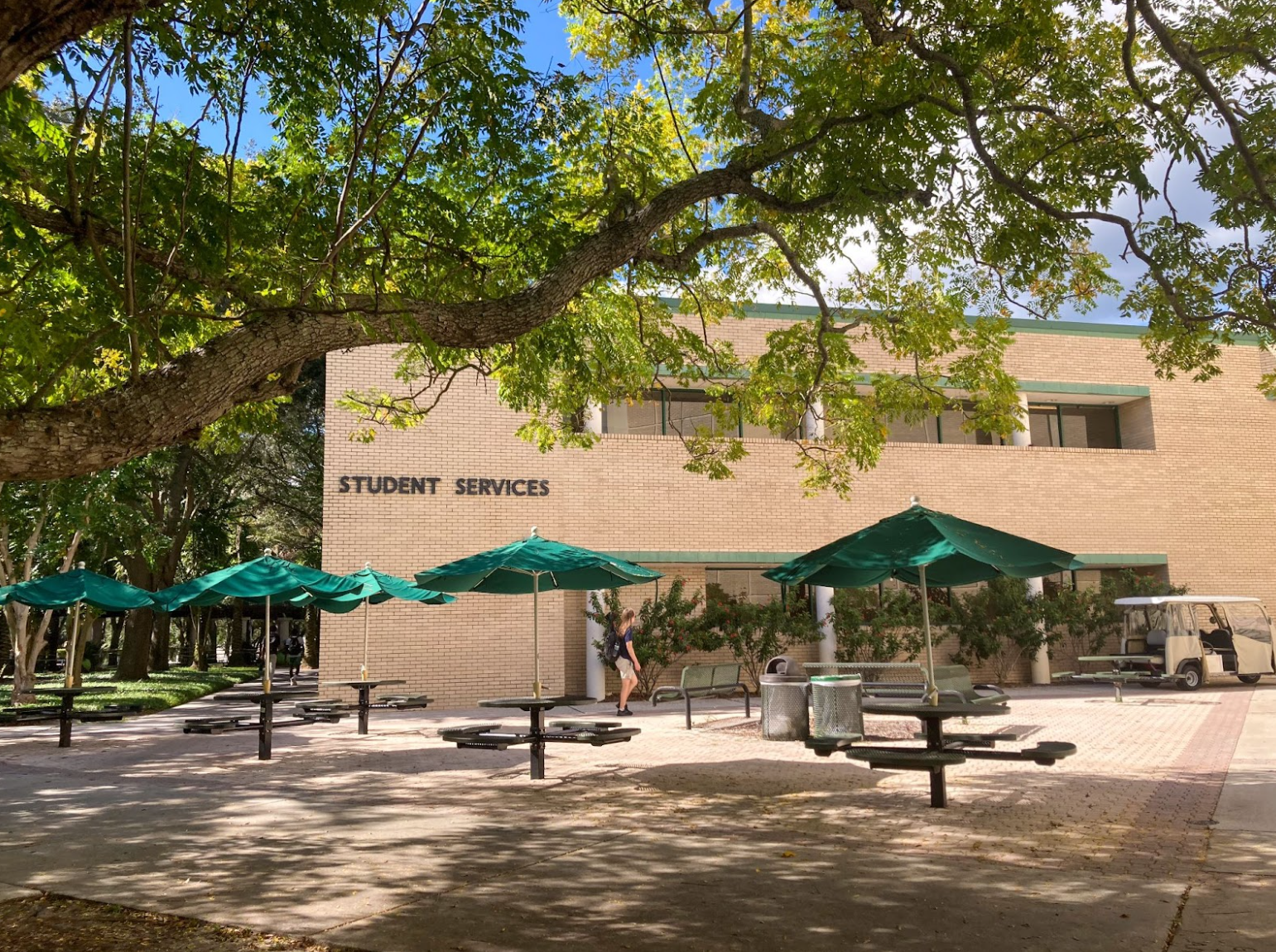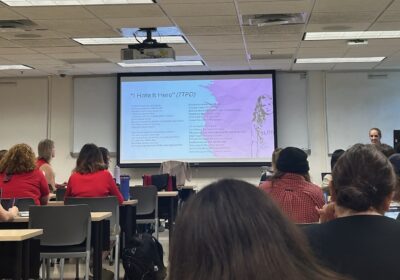Two Florida bat species call USF home

There are thirteen species of bats residing in Florida, but USF students might be able to spot two of them at their own campus.
Preston McDonald, a graduate assistant for the Department of Integrative Biology at USF, said the Brazilian (Mexican) free-tailed bat and the evening bat species have been sighted in the Tampa campus.
To some this might be an omen, but McDonald thinks differently.
“Bats are just fun.” McDonald said. “Having them on campus means that every evening has a show.”
The bats could even be roosting in some campus buildings, according to McDonald. This means they could be using some areas as shelter for sleep and protection.
He said they should be left alone and their ecosystem services should be respected.
In June, USF facilities department found evidence of roosting in an upper floor of the Student Services Building. But, after a September investigation, facilities could not find any more evidence of the winged night flyers.

Aaron Nichols is the director of communication and engagement for USF’s administrative services. He said two bats were seen on a hallway ceiling.
“Occasionally, bats do find their way into structures,” Nichols said.
USF is prohibited by Florida law from using traps or exclusion devices, which allow bats to exit and not return, between April and August, the bats’ maternity season.
“It is suspected that the bats moved on,” Nichols said. “Even so, we are retaining the services of a trapper who will set nets to humanely catch and relocate any bats that may be in the space.”
McDonald said the bats can be forced to leave an area using exclusion devices outside of the breeding season if they come into frequent contact with people, damage property or cause sanitation issues.
Related: USF students donate cat food to the Botanical Gardens’ feral residents
But the bats might offer some benefits to the USF community.
McDonald said all of Florida’s bat species are insectivorous and play a “key role in regulating insect populations.”
“For us humans, this translates into a very important and largely free method of controlling agricultural pests, and other pest insects, like mosquitoes,” he said.
Ryan McCleary, a biology professor at USF, said care for these animals requires an understanding of their importance.
“I am a big fan of bats,” he said. “In general, they are extremely important parts of ecosystems.”
He said bats are impacted heavily by diseases and habitat loss.
“Most bats enter human habitation because they offer good shelter, especially if their normal habitat has been destroyed,” he said.
Both of the species on campus are known for roosting in human structures, according to the Florida Fish and Wildlife Conservation Commission.
The Brazilian (Mexican) free-tailed bat is also listed as a “species of greatest conservation need in Florida,” according to the commission.
Those that do roost under buildings, like those in the SVC, typically prefer to hide underneath stairwells and under eaves, according to McDonald.
During breeding seasons, bats may even form colonies, he said.
“To avoid bats getting into areas of structures [where] they are not wanted, people should take care that all openings are sealed or screened off,” McDonald said.
But if students are looking for a show, McDonald has a recommendation.
“About an hour before sunset, start watching the air for bats,” McDonald said. “They are incredibly agile and quick fliers, much more so than many birds.”







